Joel Stevenett
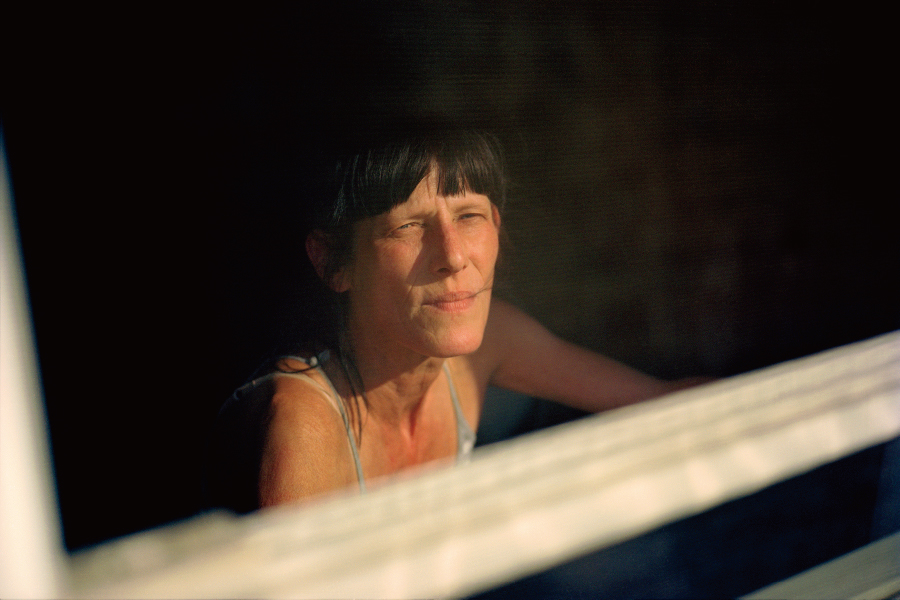
Joel Stevenett, photographer born in Niagara Falls, Canada, examines the fringes of Canadian society and culture through his work. His process and resulting images are informed by his background
in design and growing up in one of Canada’s transient border towns.
カナダのナイアガラフォールズで生まれた写真家ジョエル・ステヴェネットは、作品を通してカナダ社会や文化を探究しています。また彼の作品制作プロセスには、デザインのバックグラウンドやカナダの国境の街で育った
経験が生かされています。
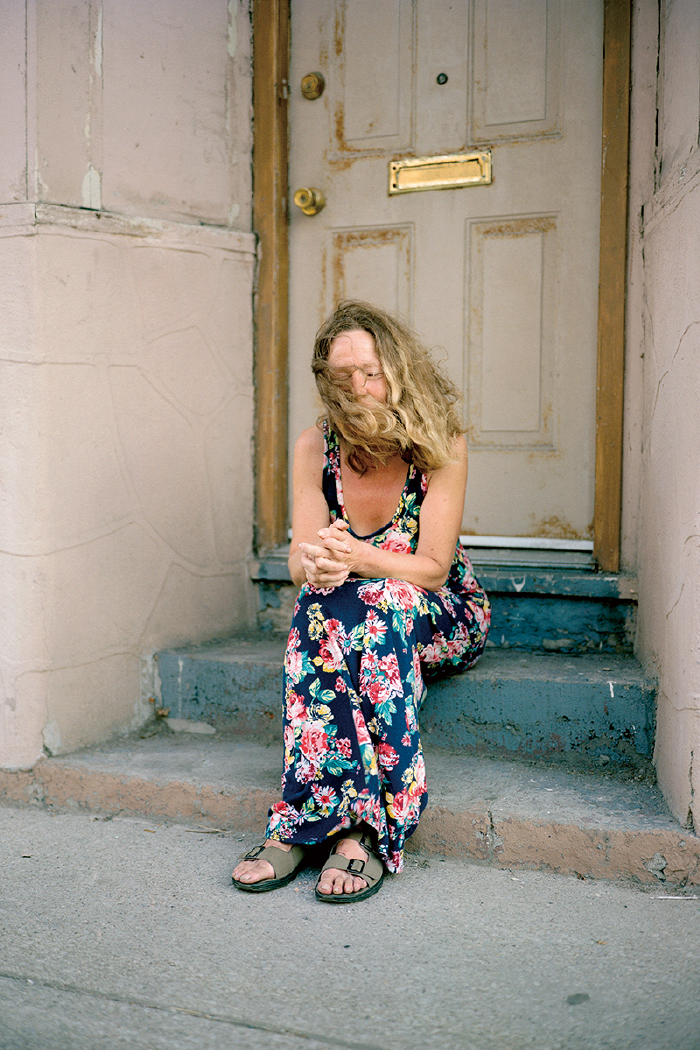
INTERVIEW
– Can you tell me a brief history of how and where you’ve learned photography ?
I’m a self taught photographer and began making pictures in design school after I traded a friend my guitar for his 35mm Canon film camera. I made mostly B&W photos because at the time, that
was the type of photos I thought a ‘real’ photographer was suppose to make. There was a drive-in movie theatre down the road from where I grew up that I photographed a lot in addition to family
and friends. I recently had a look at these early photos and they were just awful.
– 写真を始めたきっかけと方法を教えていただけますか?
写真は独学で学びました。デザインスクールでギターと友人の35mmキャノンフィルムカメラを交換したことがきっかけで写真を撮り始めました。当時は「本物の」写真家はモノクロで写真を撮るものだと考えていて、ほと
んどモノクロで撮っていました。家族や友人達の写真の他、自分が育った場所からちょっと行った所にあるドライブインシアターでよく撮影していました。最近、初期のころの写真を見たのですがひどかったです。
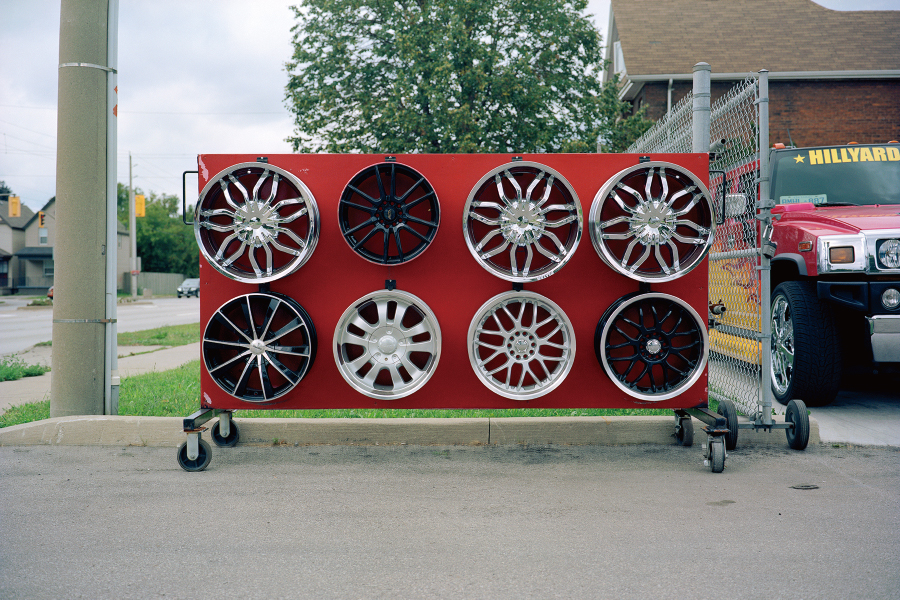
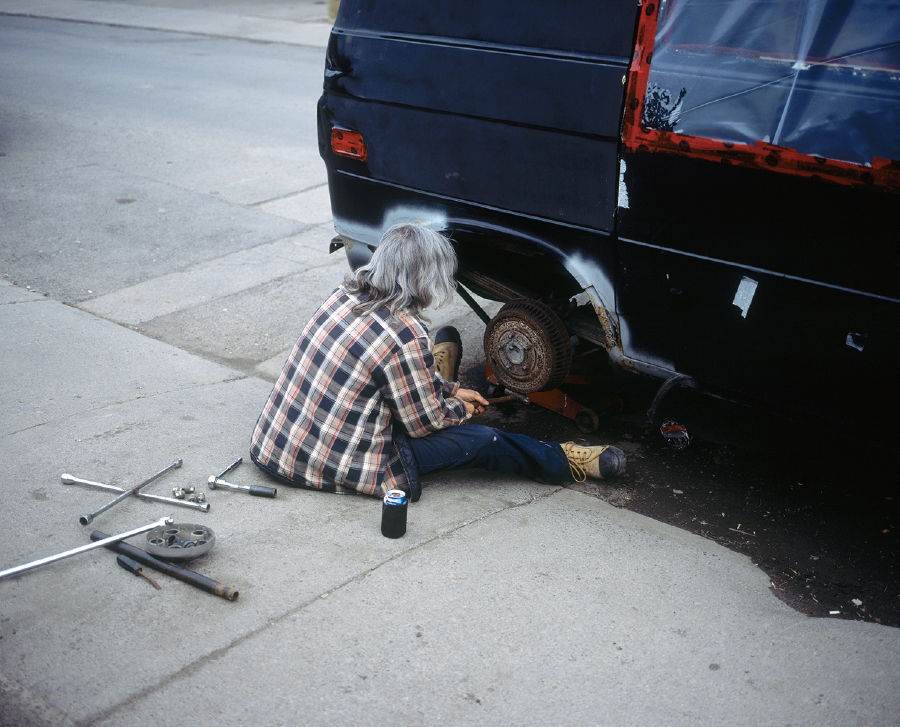
– Do you have any favorite photographer or photographer who gave you an influence on your work.
The first photographer that made me want to be serious about taking photos was Greg Girard. I saw one of his photos(House on Yuyuan Lu, 2001) at an exhibition in Toronto titled ‘Shanghai
Kaleidoscope’ and it blew me away. It was large scale, intensely chromatic and portrayed a strange and far away city undergoing a major transformation. In 2012, I had the pleasure of meeting Greg
Girard and I’ve been assisting him on both personal and editorial projects ever since.
– 好きな写真家やあなたの作品に影響を与えた写真家はいますか?
写真を真剣にやってみようと一番初めに思わせてくれた写真家はグレッグ・ジラード氏です。トロントで開催されていた「Shanghai Kaleidoscope」展で彼の「House of Yuyuvan Lu, 2001」を見て衝撃をうけました。
その作品は大型で、強烈な色彩で、大きな変貌を遂げようとしている遠くは離れた不思議な町の過程を描写していました。2012年にグレッグ・ジラード氏にお目にかかり、その以後ずっと彼の個人プロジェクトとエディト
リアルの仕事のアシスタントをしています。
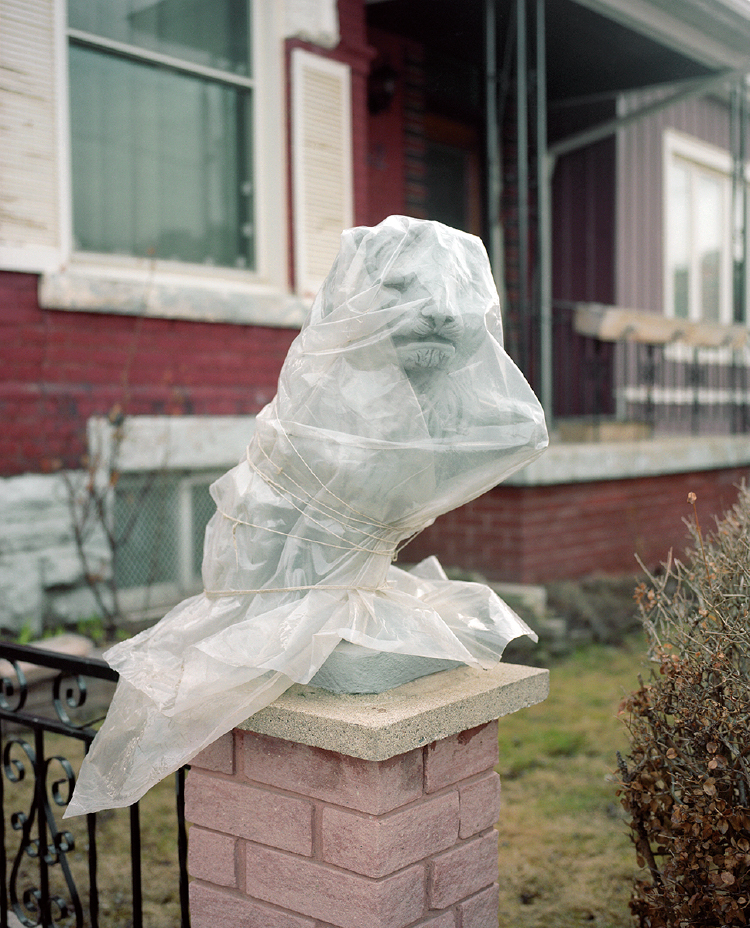
– Are you currently working as an artist in Canada? or do you also do editorial, advertisement and other commercial works?
I’ve been living and working as an artist in Vancouver since 2010. Up to this point I’ve only been working on personal projects while simultaneously working as a photographer’s assistant on
editorial assignments.
– 現在はカナダでアーティスト活動をされていますね。編集や広告の仕事もされているのですか?
2010からバンクーバー在住でアーティストとして活動しています。現時点では個人のプロジェクトだけをやりながら、エディトリアルの仕事でカメラマンアシスタントとして働いています。
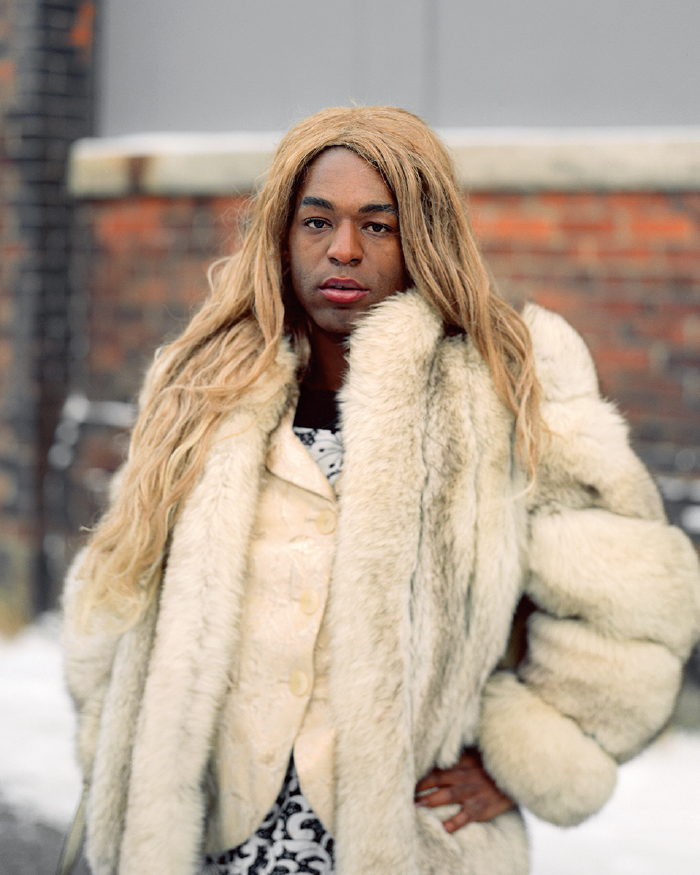
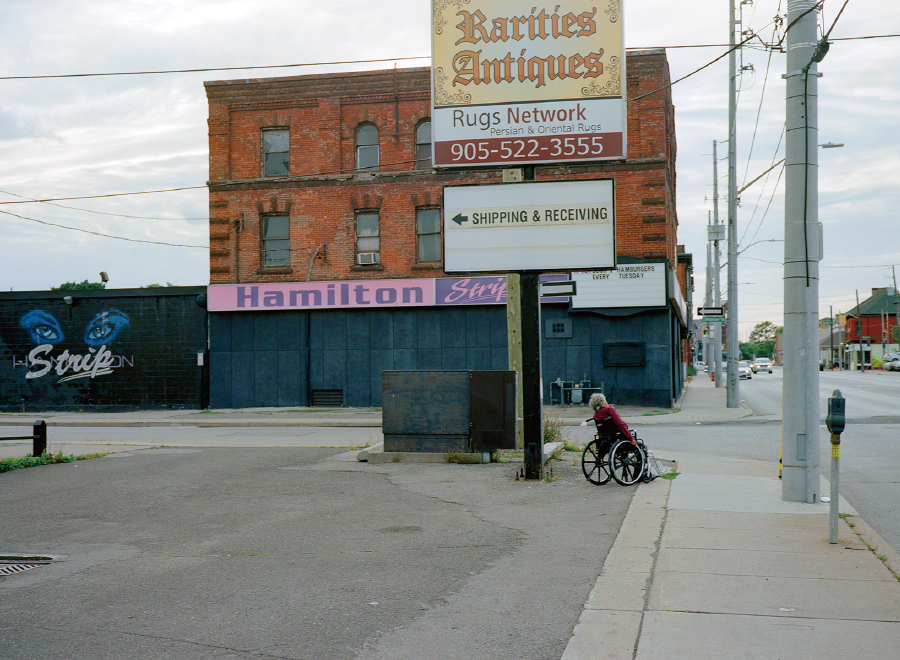
– Do you have any standard to cheese your models , How do you approach to the models in your work , and how to have a relase from your models ?
Most of the time I approach people on the street and ask them if I can take their photo on the spot or somewhere nearby.
I do my best to try and make them feel as relaxed as possible so normally I’ll speak with the person for a time (if they have the time) until they appear more comfortable. While we’re talking I’m
looking for an interesting gesture that might be unique to them and will hopefully make a good portrait. I then ask them to make the same gesture. I always say “still, please” which is sort of like
“cheese.” I don’t have the subject sign a model release because it’s documentary photography that mostly occurs on the street.
– モデルを選ぶ基準は何かありますか?またどのようにモデルにアプローチし、撮影許可をもらうのですか?
大抵の場合、街頭で人に声をかけて、その場かそのすぐ近くで撮影させてもらえないか交渉します。声をかけた人ができるだけリラックスした気分になれるよう心が得ているため、相手が安心できるまでしばらくおしゃべり
をします(相手に時間があればですが)。そして、良いポートレイトにするために話をしながらその人特有の仕草がないか探して撮影時に同じ仕草をするように頼みます。私はいつも写真を撮るとき「チーズ」というように
「じっとしていてください」と伝えます。被写体にモデルリリースは署名してもらうことはありません。なぜなら、それは路上で起きているドキュメンタリー写真だからです。
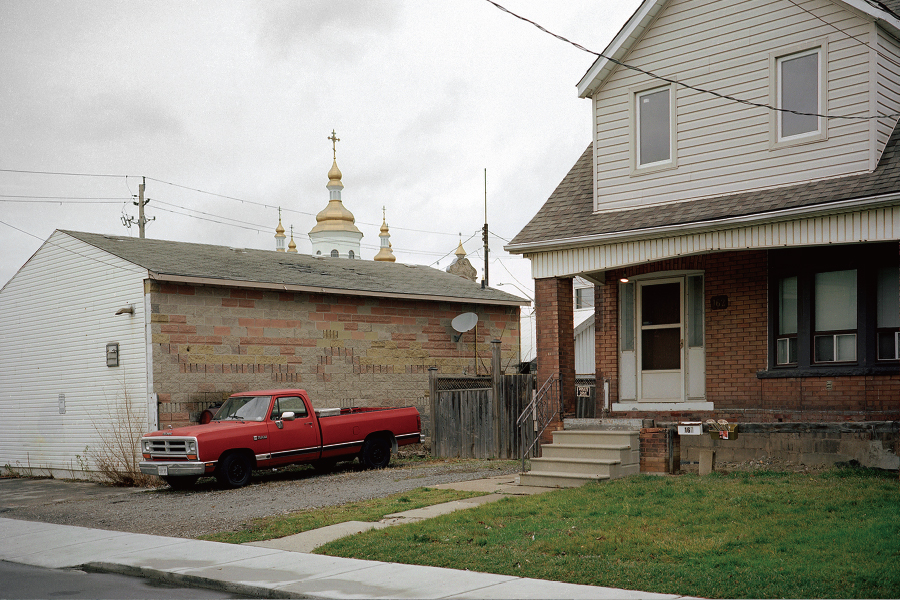
– Do you have any specific tonality that you want in your print?
It’s important that the print represents the real life situation in which it was taken. Colours, contrast, tonality should all be as realistic as possible.
– プリントに際し、こだわっているトーンはありますか?
プリントは撮影時の実生活の状況を表していることが重要です。色、濃淡、色調の全てはできるだけ現実的でなければなりません。
– What is the most important thing in producing your work?
All the work I make is the result of wanting to satisfy a curiosity about that particular subject. The camera acts as a licence to explore new worlds and meet new people.
– 作品制作においてもっとも重要なことはなんですか?
制作する全ての作品は特定の被写体への好奇心を満たすことを目的としています。カメラは新しい世界を探求し新しい人と出会うための免許としての機能を果たしています。
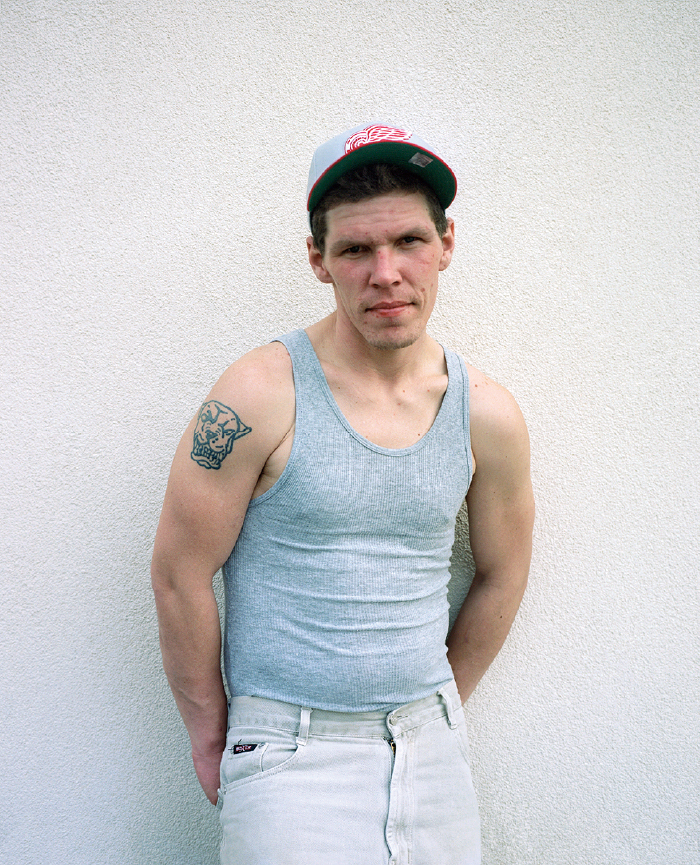
– Have you been to Japan? And what was your first impression?
In 2006, I visited Japan for two weeks and consider it one of the best trips I’ve ever taken. The best part was how different it felt in comparison to Canada. Aside from the First Nations people,
Canada is a country made of immigrants. Japan feels much more homogeneous in comparison, which made me stand out as a tourist. Because of this, people wanted to help me out if they saw
I was struggling in some way. I remember using an acupressure path in a small park near Ginza and a passerby taught me how to use it. It was a very kind gesture.
– 日本にこられたことはありますか?最初の印象はいかがでしたか?
2006年に2週間日本を訪ねたことがありますが、今まで一番良い旅行だったと思っています。カナダとのあまりの違いを感じられたことが良かったです。カナダは先住民族を別として移民の国です。それに比べ単一民族国家
のように感じられる日本で観光客は目立ちます。そのため、何か困っているとすぐに誰かが助けてくれようとしました。ある時、銀座近くの小さな公園で指圧の道を使っていると、通りがかりの人がその使い方を教えてくれ
たのを覚えています。とても親切な行為でした。
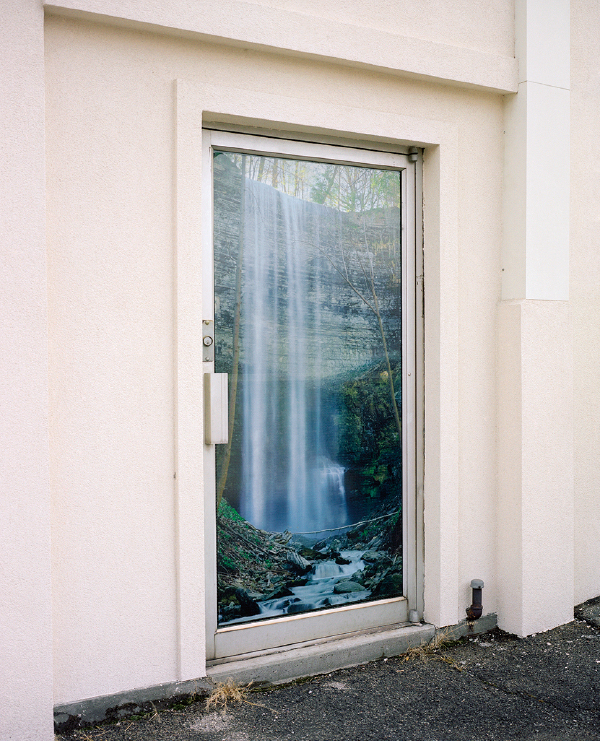
– What was the most interesting Japanese culture?
There are so many things I find interesting about Japan. The most obvious thing that comes to mind is the obvious visual juxtaposition of modern and traditional Japan.
– 日本文化について、もっとも興味のあることはなんですか?
日本について興味深いことは沢山あります。すぐに思いつく最も明白な事は現代と伝統が視覚的に同列に並べられていることです。
– Do you have any interest in doing commercial works in Japan? And please let me know if you have any specific types of work you would like to challenge.
Absolutely. I would be very interested in doing commercial assignments in Japan. The first thing that comes to mind is the Japan Railway Group. I would love to document the daily operations of
Japan’s train system; the employees, the passengers and the train stations. It would be a fascinating project and a fantastic photobook. I’ve read almost all of Haruki Murakami’s books and I think it
would be fun to make a fashion catalogue or ‘look book’ for a fashion brand based on favorite scenes from his books. I’m also interested in Tokyo’s jazz clubs. I don’t think they’re as popular as they
use to be but it’s a topic that I would like to explore further.
– 日本で広告写真の仕事をすることに興味はありますか?また、何かやってみたい仕事があれば教えてください。
もちろんです。日本でコマーシャルの仕事をすることに大変興味を持っています。すぐに思い浮かぶのは日本国有鉄道です。日本の鉄道システムの日常業務:従業員、乗客、駅をぜひ記録してみたいです。とても魅惑的な
プロジェクトだし、素晴らしいフォトブックになるのではないかと思います。私は村上春樹の本はほとんど読んでいるので、本の中に登場するお気に入りのシーンに基づいてファッションブランドのカタログや’ルック
ブック’を作るのも面白いかもしれません。また、東京のジャズクラブにも興味があります。現在は昔のように人気はないそうですが、探求してみたい対象です。
– If you have an opportunity to coming to Japan, what would you like to do?
As I mentioned, I would like to experience Tokyo’s jazz scene and sample some of Japan’s fine whiskys. During my last visit to Japan, my girlfriend and I rented bikes in Kyoto and we rode through
the city all day. I would love to do that again – perhaps during cherry blossom season.
– 日本に来る機会があったら、何をしてみたいですか?
前に述べたように東京のジャズシーンを経験してみたいのと日本の上質なウィスキーを飲んでみたいです。前回日本を訪ねた時は京都でガールフレンドと自転車を借りて街を散策しました。桜の時期にでもまたそれができ
たらいいですね。
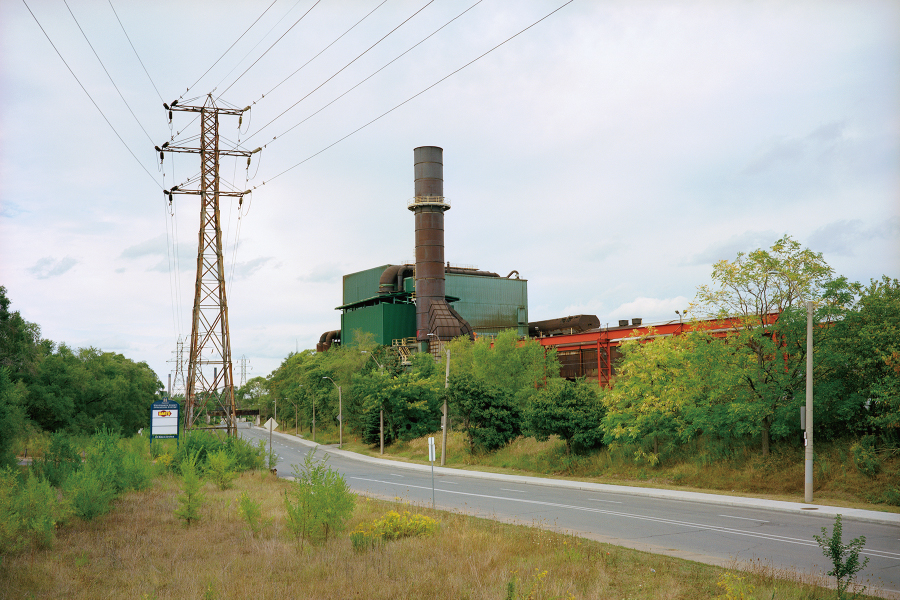
Joel Stevenett (1980- Canada)
Joel Stevenett, photographer from Niagara Falls Canada, was born in 1980. His works has been featured in numerous magazines and online publications such as Esquire, Die Zeit or Excerpt.
Recently participated in the group exhibition which was held at Newspace Center for Photography as one of the Captured 2015. Currently based in Vancouver living with a partner and a dog
and he continues to produce photograph-based projects.
1980年生まれ。カナダのナイアガラフォールズ出身の写真家。 作品はEsquire、Die Zeit 、Excerptといった多数の雑誌やオンラインの出版物で紹介されている。 近年ではNewspace Center for Photographyで開催
されたCaptured 2015の一人としてグループ展に参加。 現在はバンクーバーを拠点にパートナーと犬と一緒に住んでおり、写真ベースのプロジェクトを制作し続けている。

